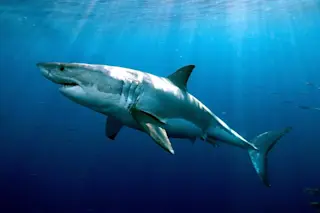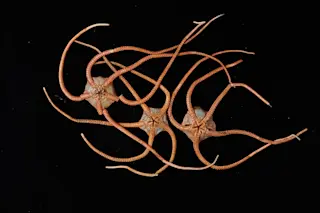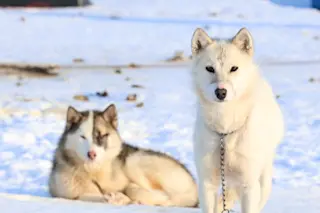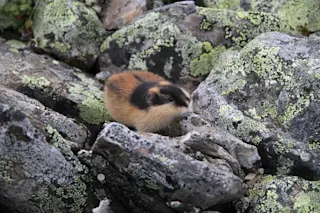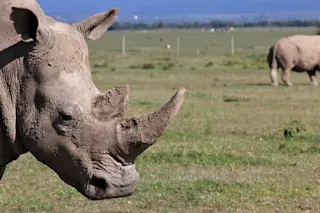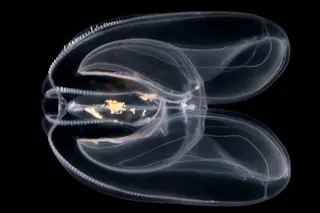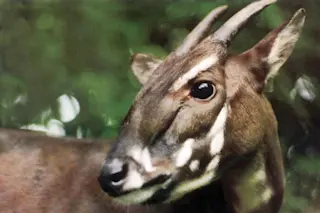Paleontologists have been arguing about where birds come from for more than a century. Most of them think birds are descended from small carnivorous dinosaurs, but even that is in dispute. And now a lively controversy has arisen about what happened to birds in the 145 million years after Archaeopteryx, the earliest incontestable bird, appeared. Were most birds wiped out 65 million years ago, along with the dinosaurs themselves, by the mass extinction that ended the Cretaceous Period--such that living birds are descended primarily from a small group of shorebirds that managed to survive the catastrophe? Or, on the contrary, did the major bird groups originate long before the extinction, through which they passed relatively unharmed? Bird fossils and bird genes are telling different researchers different things.
Although only a few modern-looking bird fossils have been found from the Cretaceous, the conventional wisdom has been that modern bird groups did ...



